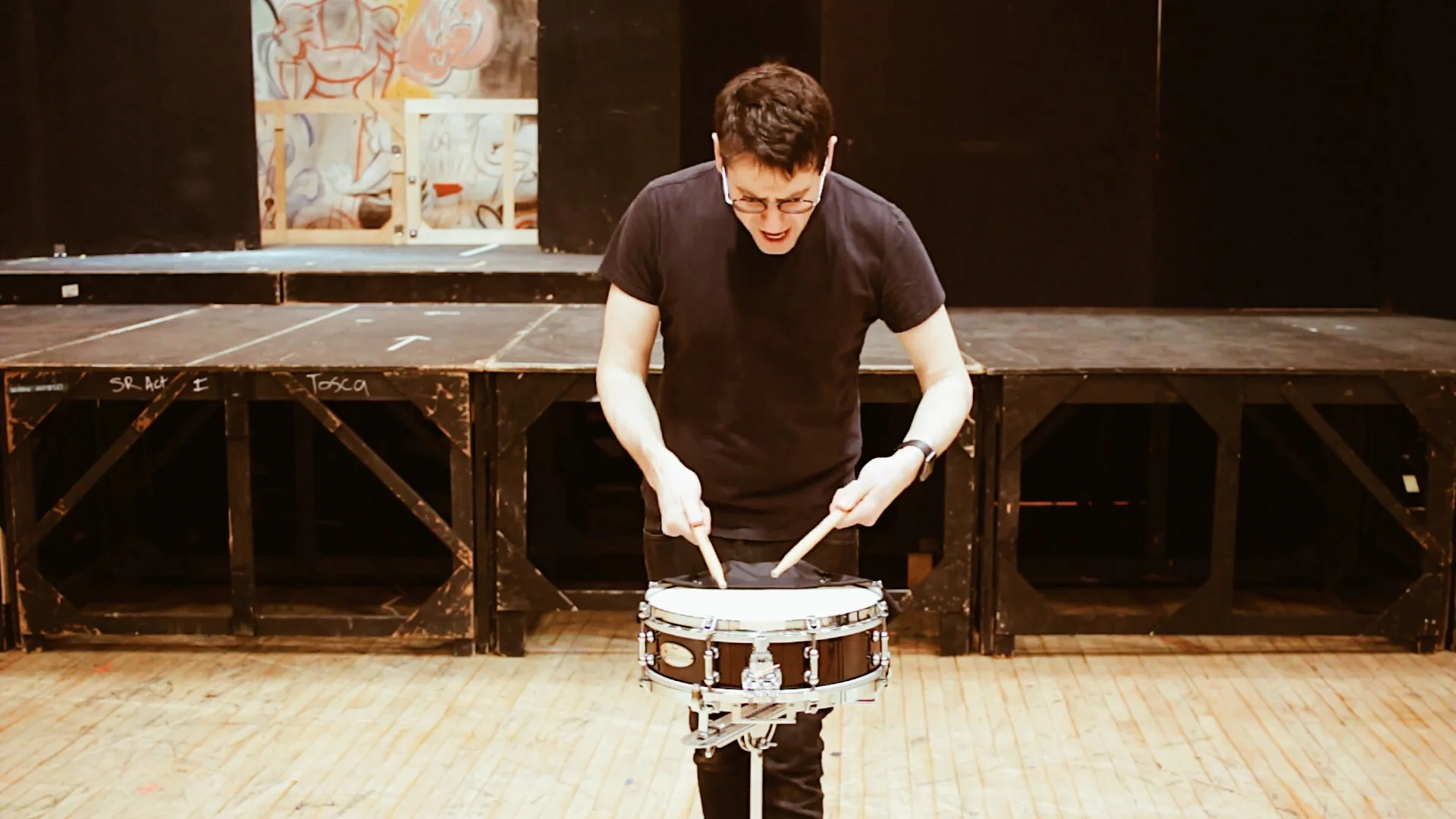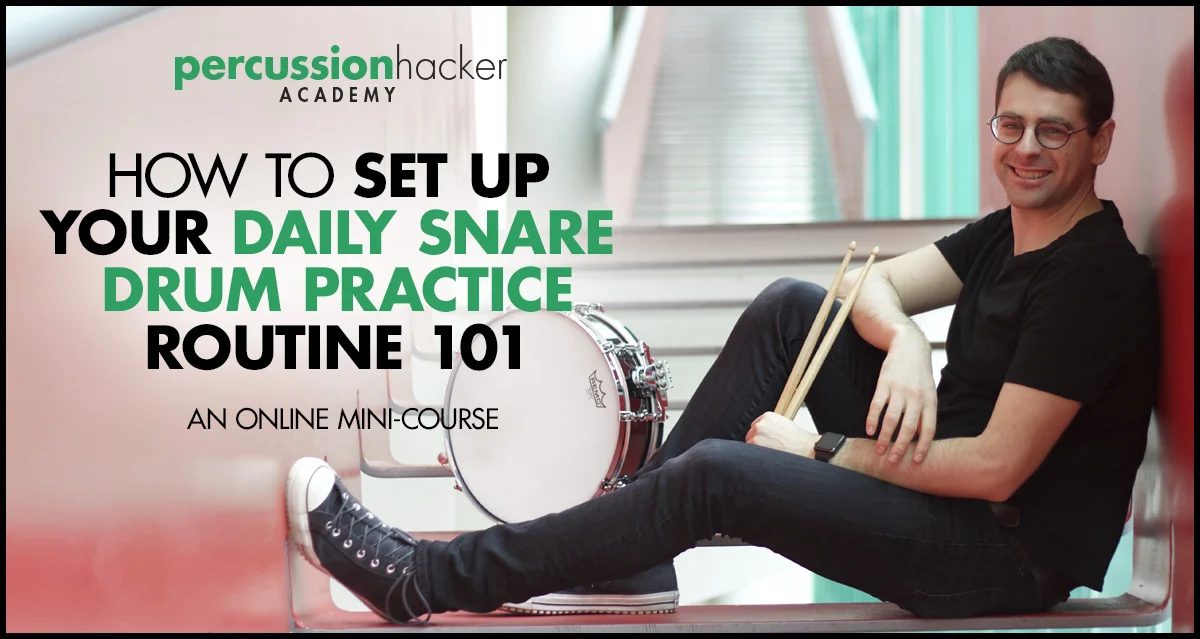you can tell the difference between a serious percussionist and a bush leaguer by how they play tambourine.
why?
see...snare drum, marimba, and timpani are the sexy instruments to play. most of our solos are written for those instruments. we play them on recitals, concertos, and chamber music.
they’re the instruments that bring us all the glory.
but think about it.
most percussion music in orchestra starts with bass drum and cymbals, and if you’re lucky it has a triangle. maybe a tambourine or snare drum.
tambourine is on every professional audition.
there’s no glory to tambourine. it has its own weird, unique techniques that aren’t useful on any other instruments.
SHAKE ROLLS ARE HARD.
that’s why it’s the instrument of serious, professional percussionists.
if you want to be employable, you should practice tambourine religiously.
and the earlier you start, the better you’ll eventually be.
today’s video is about how to become a master of tambourine. it’s basically a list of all the techniques you have to develop in order to become an orchestra-ready ~tambourine artist~.
last week, duncan patton, my former colleague at the met opera, demonstrated how to build a basic legato stroke on timpani. today he’s back to show you the other 8 stroke types you should learn to build a complete sound pallet.
in high school i found an old PAS article on building a legato timpani stroke that changed my life. i didn’t know it at the time, but the author would turn out to be my colleague in the met orchestra, duncan patton. here’s duncan's guide to building a legato stroke, 22 years later.
your mallet bag should be a collection of the best of the best. you should choose new mallets in a scientific way, without wasting money.
on my first day of freshman year in college, greg zuber handed me a 283-page packet of snare drum exercises, charts, grip diagrams, and articles. thus began my college snare drum journey. in today’s video he explains some of his most important foundational snare drum concepts that you can incorporate into your daily snare warmup.
if you want to be an orchestral percussionist, should you do drum corps or will it ruin your stroke? i asked jake nissly, principal percussionist of the san francisco symphony and former member of the dubuque colts.
my 3-step plan to recover from a performance you'd rather forget
there’s no magic exercise to fix a shaky soft roll or uneven 4-stroke ruffs, so stop looking. the solution lies in how you practice.
includes VIDEO LESSONS, sticking, technical exercises, suggested tempo, excerpt recording, and recommended orchestra recording.
i asked legendary philadelphia orchestra percussionist angela zator nelson (angie for short) to come explain how she learns difficult mallet licks.











the snare drum seems like it could be the most boring instrument on earth. regardless, you still have to sound as musical as any violinist or oboist or trumpeter.
in today's video, i'm showing you 7 ways you can express phrasing and musicality on the snare drum.